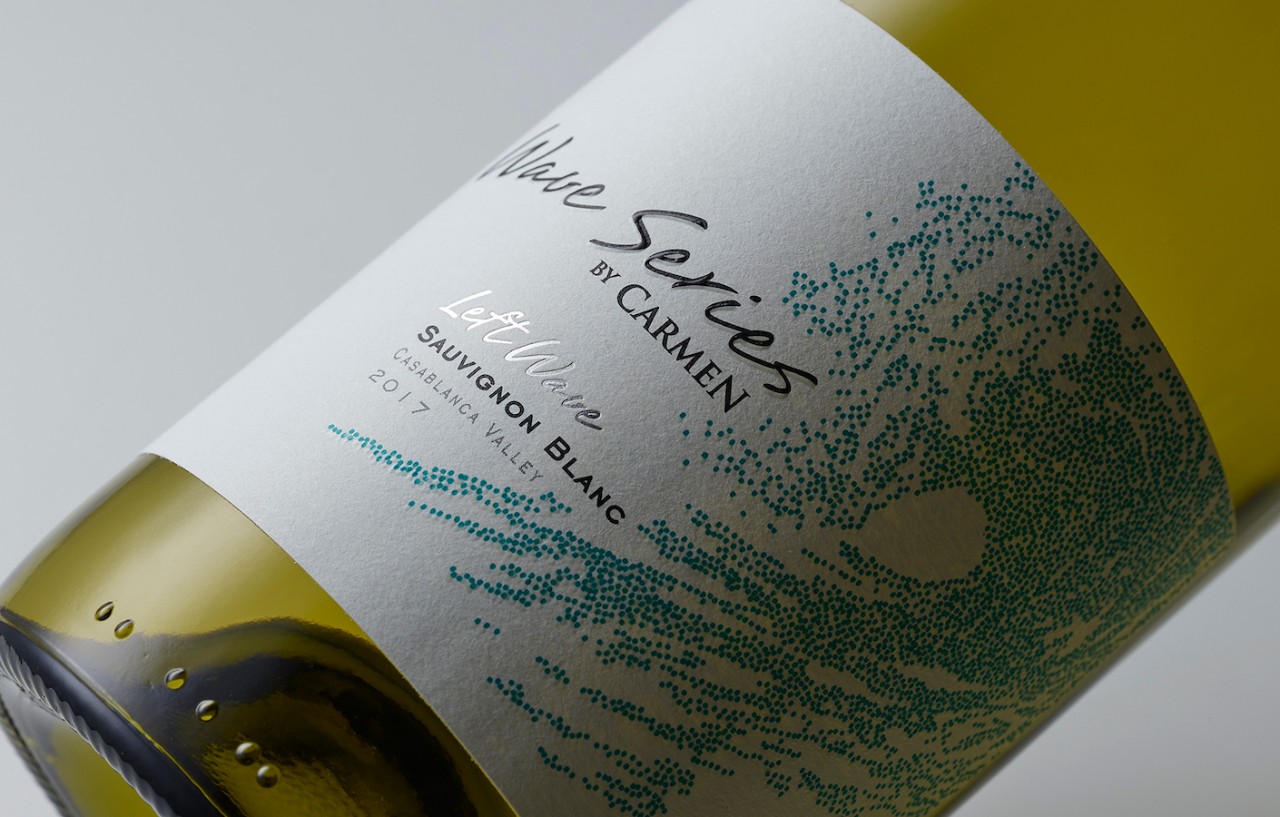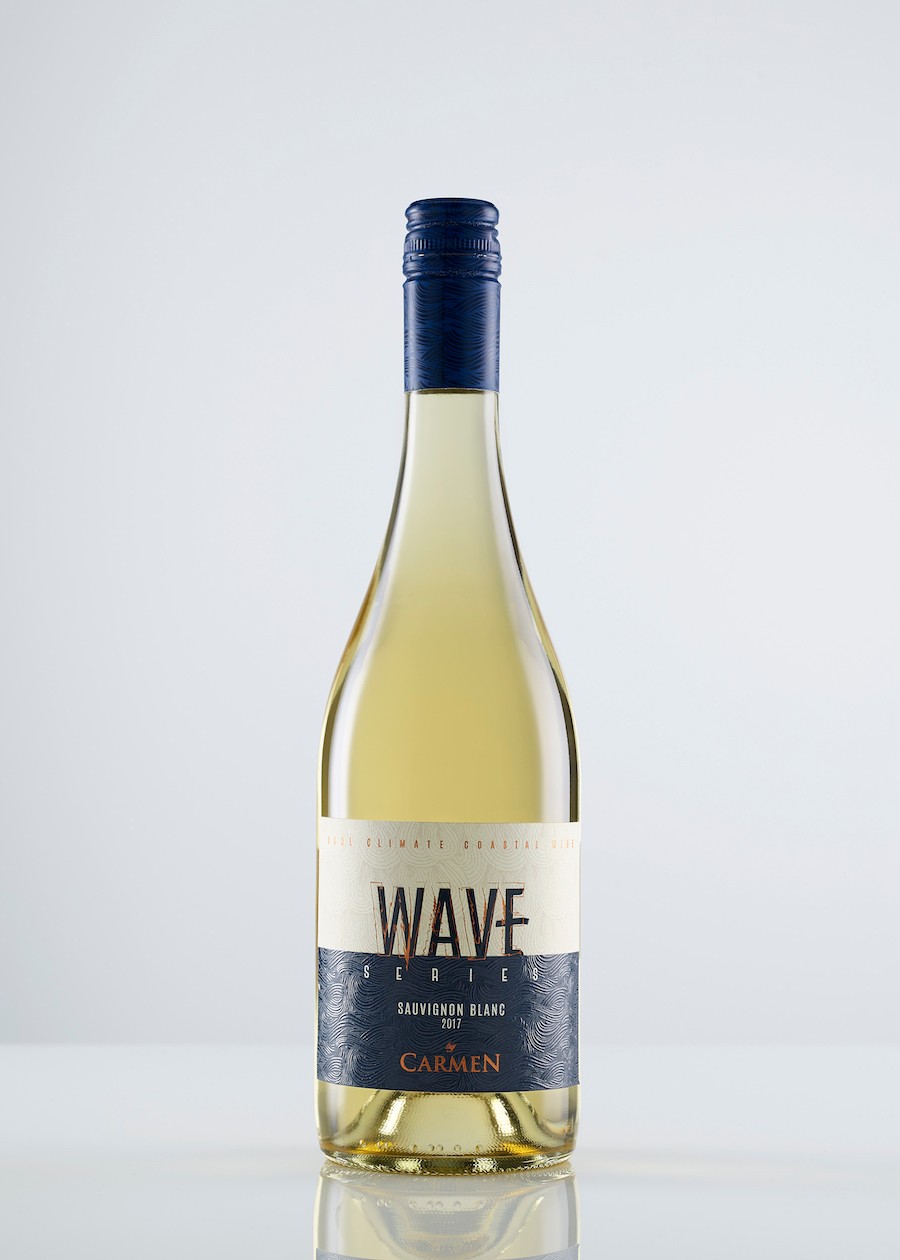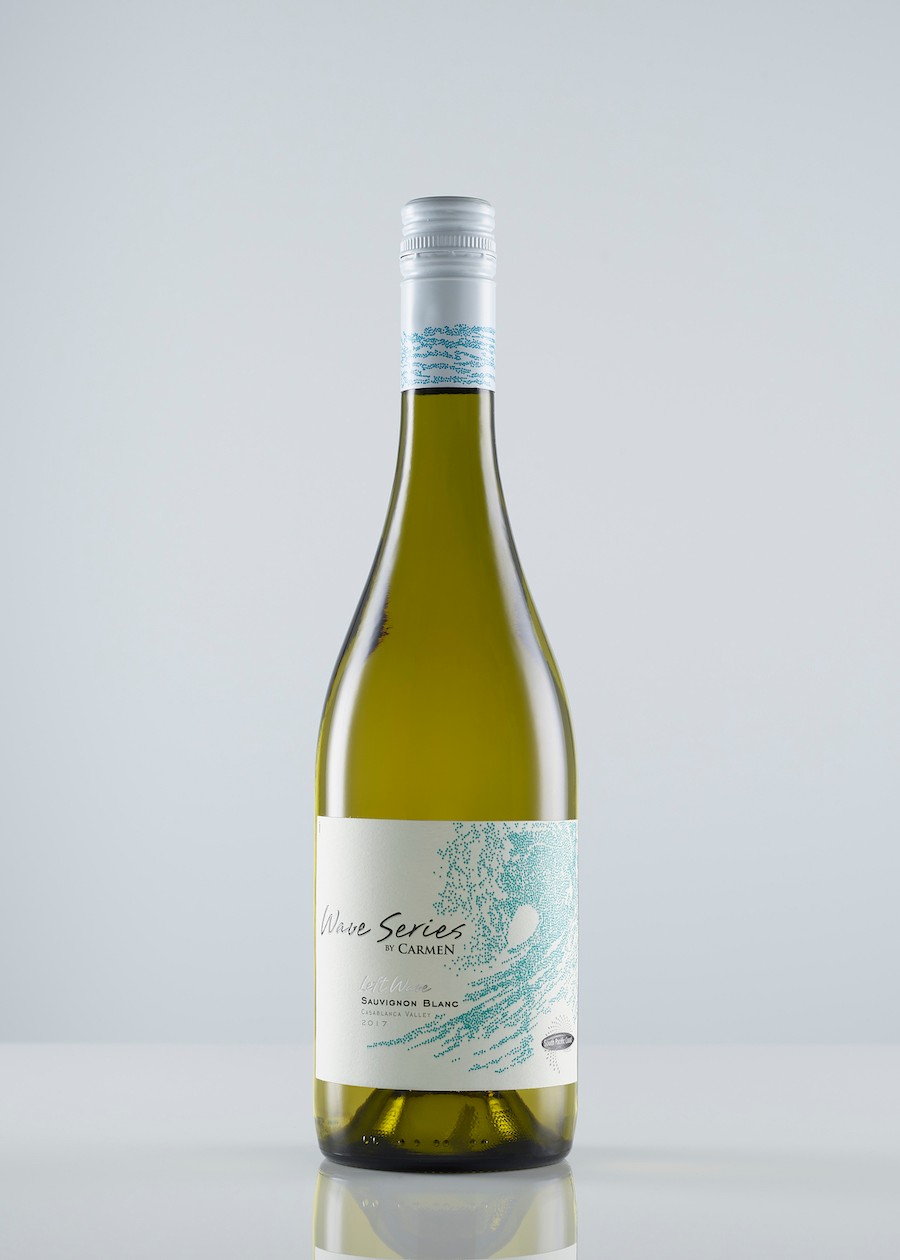
Neuromarketing study inspects effect of texture on wine consumers’ sensory experience
Last year, winery Santa Rita Estates partnered with the scientific neuromarketing organization Mind Insights and Avery Dennison to uncover consumers’ genuine reactions to a newly redesigned label for their Wave series. The findings, released in “Neuromarketing report reveals data insights for better design,” delivered unexpected results.
In the study, the researchers examined consumers’ unconscious responses to three basic questions:
What emotional impacts are automatically generated by the labels?
To what extent do the labels automatically convey fundamental value propositions?
To what extent do the labels attract consumers’ attention?


Follow-up neuromarketing research delves into label material texture
Taking the study one step further, Mind Insights recently concluded a follow up investigation designed to extend the research to answer an additional question: How do different label texture options automatically influence consumers’ sensory perceptions of the wine?
“Recent studies highlight the great importance of label design elements to automatically shape consumers’ perceptions toward the product,” says Dr. Gordy Pleyers. “However there is a lack of scientific study regarding (1) the impact of the label texture and (2) the cross-cultural aspect. This innovative research project addressed these two gaps to provide new scientific knowledge.”
The study was performed using three materials. The first was the engineered solution chosen by Santa Rita Winery for their original Wave series label design. The second and third materials were included in the original neuromarketing study—Mathe Litho and White Cotton.
Like the first study, the follow-up was also conducted with three sample groups of consumers: Chinese, American, and Western European consumers. The three sample groups were equivalent and consisted of male and female consumers aged between 30 and 70 who like wine but did not have any professional expertise in the field.
Neuromarketing research reveals texture can affect sensory experience
“Comparing three increasingly textured label options (with all other things being equal), the results of the study show that ‘higher levels’ of label texture are associated with higher levels of sensory complexity in consumers’ minds,” says Dr. Pleyers.
“On a theoretical level, this study supports a recent theoretical account according to which a specific sensation in one modality (such as increased visual texture complexity) may result in automatically inferring a similar sensation in another modality (such as tasting increased flavor complexity),” he says. “The absence of significant cultural difference suggests this intermodal phenomenon is firmly rooted in human beings.”
What the research means for label design
This study provides additional scientific evidence of the benefits associated with premium textured materials compared to flat and glossy materials. It emphasizes that materials such as Cotton White may be used to implicity activate not only a feeling of higher quality and value (as shown by the previous study, but also a perception of higher taste complexity. Put differently, materials with a higher level of visual texture and tactility may be an appropriate and powerful option for designers and winemakers aiming to promote premium wines with subtle and complex aromas.
To learn more about the neuromarketing research conducted by Mind Insights, Avery Dennison, and Santa Rita Winery, download the full report.
About the study
Founded in 1880, Santa Rita is a Chilean vineyard and winery marketing products in over 75 countries. With a strong focus in the premium and superfine segment, the company is positioned as a leading producer and exporter of quality premium and superior quality wines.
Mind Insights is a scientific organization spearheaded by Dr. Gordy Pleyers and Dr. Nicholas Vermeulen, professors of marketing and neuroscience at the Catholic University of Louvain (UCL) in Belgium. Based on a unique combination of scientific resources, this organization offers the most advanced and reliable solutions to understand and influence consumers’ perceptions and behaviors.










